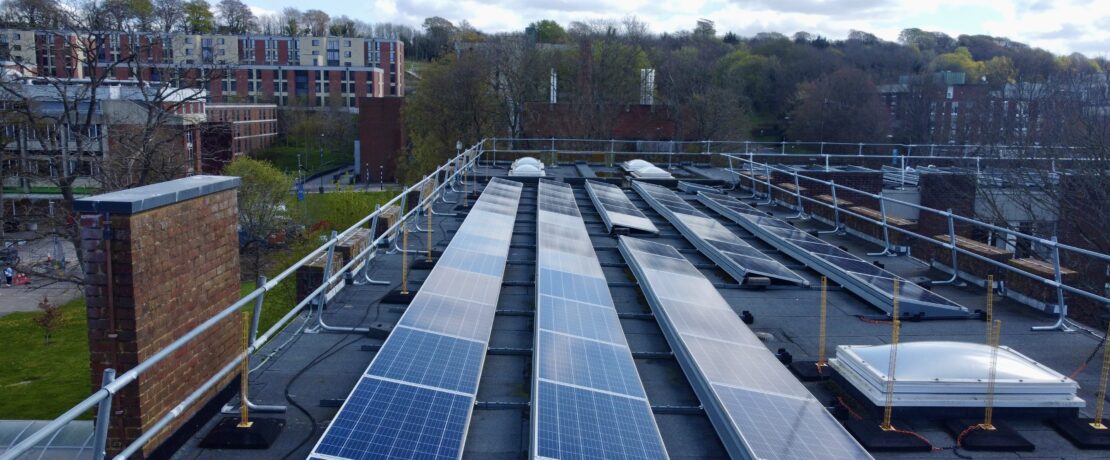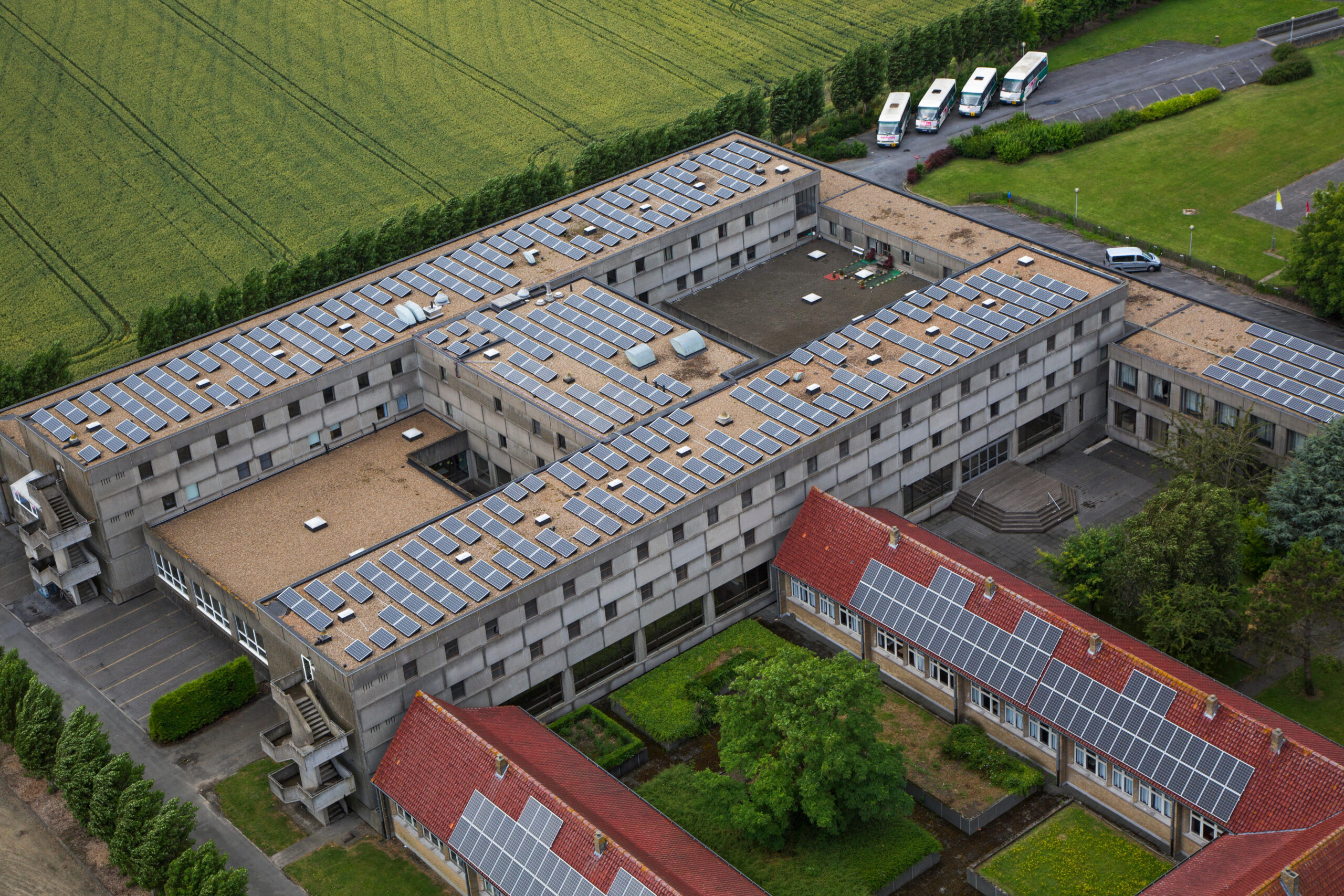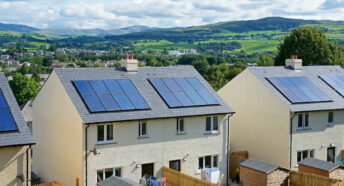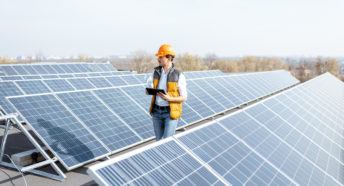Rooftops can provide over half our solar energy targets, report shows
A major new CPRE report has found that over half the solar panels needed to hit national net zero targets could be fitted on rooftops and in car parks.
The research, by the UCL Energy Institute, for CPRE, shows that decarbonising the national energy grid requires far less land than feared. Installing solar panels on existing buildings and car parks would enjoy near-universal public support and help minimise objections to large solar farms in the countryside, the research finds. It also reveals that the potential of brownfield sites to generate renewable energy is dramatically underused.
The report’s publication marks the launch of CPRE’s new campaign for rooftop renewables and a petition calling on the government to ensure all suitable new buildings have rooftop solar. We’re calling on the government to set a national rooftop solar target of at least 40GW by 2035.
Countryside under pressure
A series of crises, including energy security, food security, climate change, nature recovery and housing, are placing the countryside under intense pressure. The report concludes that, in order to move the country to renewable energy in time to prevent the worst effects of climate breakdown, ground-mounted solar projects will be needed. However, the potential of rooftop solar offers hope for protecting valuable landscapes. Prioritising rooftop solar can also avoid planning disputes and gradually remove the need for large greenfield schemes.
The government has set a national target of 70GW of solar energy generation by 2035. CPRE’s report analysed the solar capacity of rooftops and covered car parks across England, providing an assessment of the total energy that could be generated.
The key findings are:
- Installing solar panels on existing rooftops and other land such as car parks could provide at least 40-50GW in England by 2035.
- In 2050, with further investment, there is potential to generate 117GW of low carbon electricity from roofs and other developed spaces.
As well as calling on the government to ensure all suitable new buildings have rooftop solar as standard, we want to see regulations updated so that solar capacity is a requirement of planning permission for major refurbishments and new residential, commercial and industrial buildings.
Widespread support
If the government fails to kickstart a rooftop solar revolution, an area of countryside larger than the size of Greater London will be required for ground-mounted schemes. CPRE’s view is that this land could be much better used for either nature recovery, public amenity or low impact food production; or a mixture of these.
Roger Mortlock, chief executive of CPRE, said:
‘We are missing a trick in failing to install more solar panels on roofs and car parks. Rooftop solar has almost universal public support. It’s unobtrusive and largely out of the line of sight, which means fewer objections and a speedier passage through the planning system.
‘Given the urgency of the climate crisis, it’s time to fit renewables as standard on all new development. Homeowners expect it on new homes and it’s crazy to see massive new warehouses with massive roofs waved through without any expectation they install rooftop solar.
‘The planning system is stuck in the fossil fuel age without a plan for net zero. The first step must be all new buildings and major renovations requiring solar panels as a condition of planning permission unless there are strong reasons not to.’
Our recommendations
With the right policies, a decentralised future of renewable energy cooperatives sprouting up in communities across the country, supported by the government, is a realistic option.
The report’s key recommendations to reach the government target of 70GW of solar energy by 2035 include:
- A new rooftop solar target: at least 40GW by 2035 delivered through the lowest cost opportunities on new builds, commercial buildings and car parks.
- Land use framework: a national strategy to balance the competing needs for buildings, carbon sequestration, energy and infrastructure, food security and nature recovery on a finite amount of land.
- ‘Roof first’: local communities can audit solar potential on available south-facing roofs, following the example of Kendal Town Council in the Lake District, and then will be able to prioritise solar panels on suitable brownfield land and avoid best and most versatile agricultural land.
- Grid capacity: work with Ofgem to require Distribution Network Operators across the country to invest in local grid capacity to better accommodate increased generation from solar and heat pumps.
Professor Mark Barrett of the UCL Energy Institute, lead author of the research, said:
‘This study found there is more than sufficient potential solar capacity on rooftops and car parks in urban areas. It’s clear we can get close to meeting the government’s solar energy target without necessitating the development of large solar farms in sensitive rural areas. Urban photovoltaic panels on car parks, and new and large buildings, would be relatively cheap although retrofitting solar panels onto existing homes would be more costly.’





 6 min read
6 min read 



